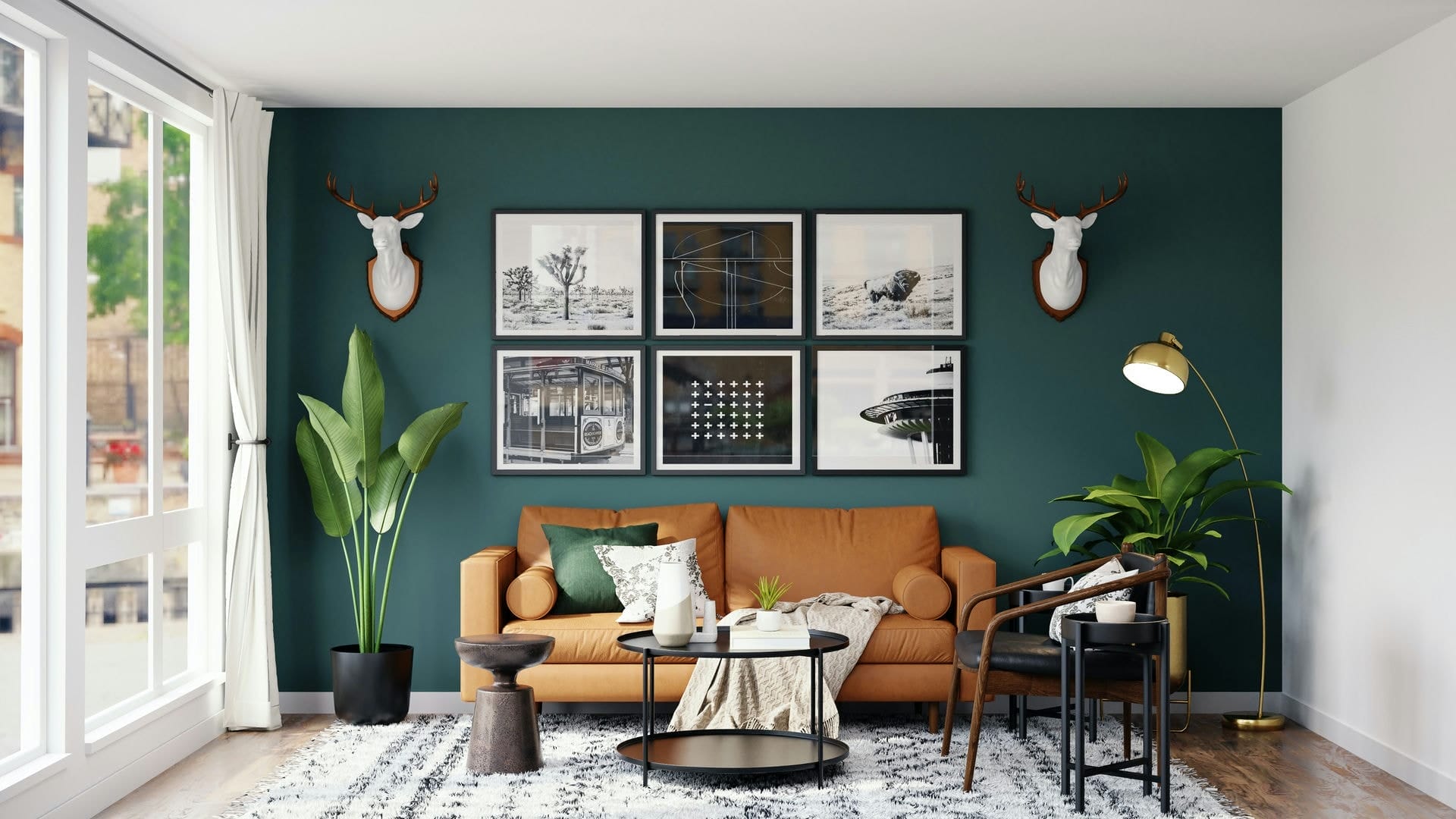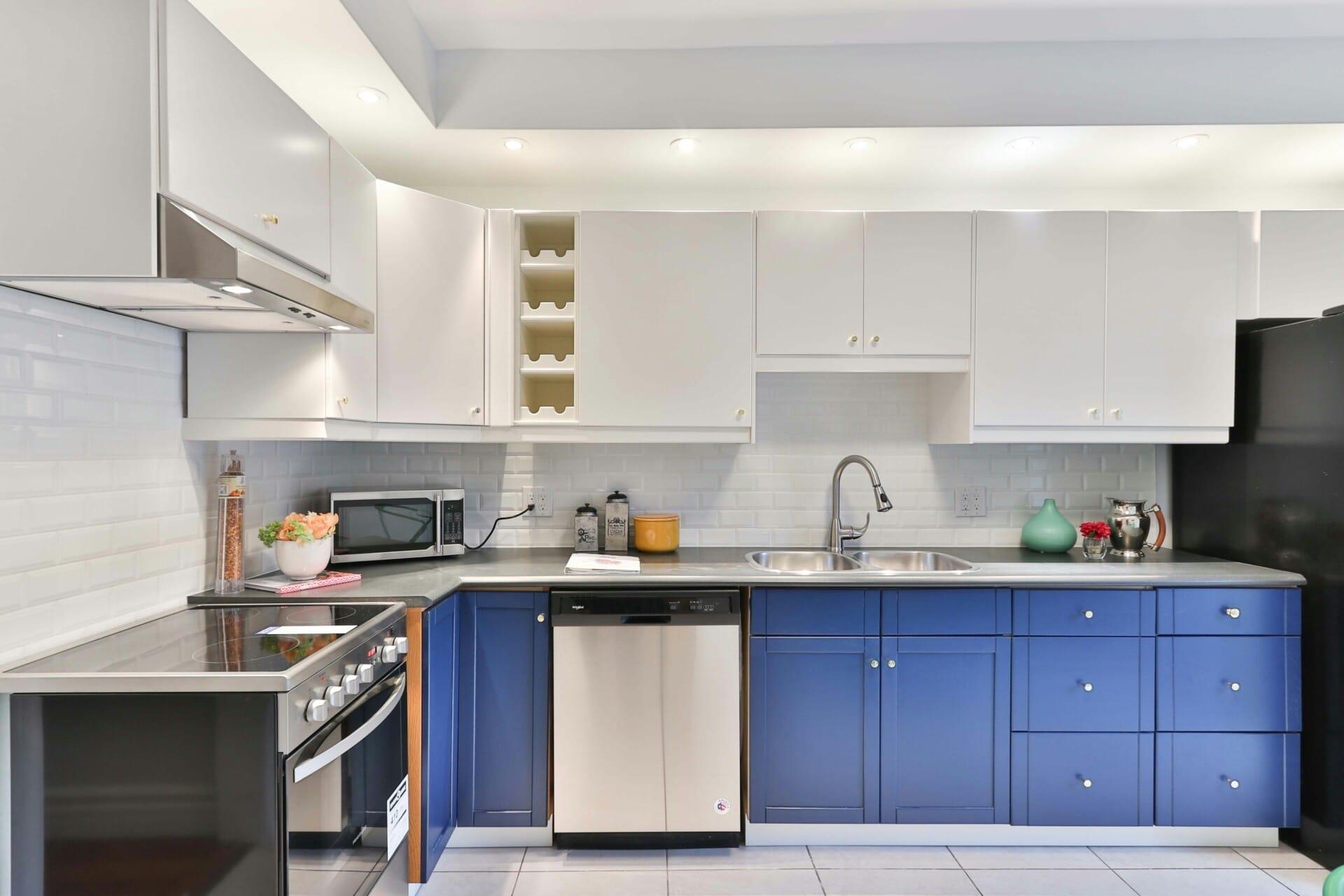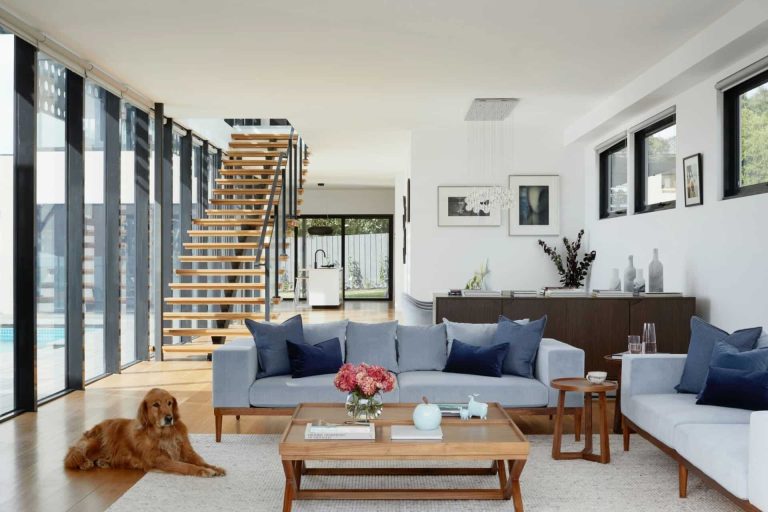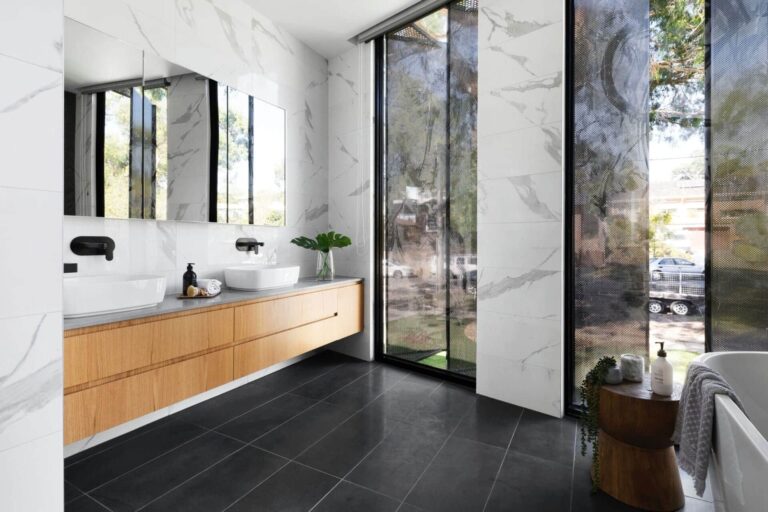Hey there! So, have you ever thought about the kind of home you want to live in? I mean, besides the usual features like a nice garden or a cozy living room. What if I told you that your next home could also be a green one? Yep, I’m talking about eco-friendly homes that are not just good for the environment, but also for your wallet and well-being! In a country like Malaysia, where nature plays such a huge role in our daily lives, choosing a green home can make a real difference. So, let’s dive into why moving into a green space is something you should seriously consider. Trust us; it’s more than just a trend—it’s a choice that benefits you and the planet!
The Benefits of Living in a Green Home
Living in a green home transforms your daily life in ways you might not even have imagined. One of the most significant perks is the reduction in energy costs. Eco-friendly features like solar panels and energy-efficient appliances can significantly lower your utility bills. Imagine enjoying modern comforts while knowing you’re saving money just by choosing sustainable options! Plus, many green homes are designed to maximize natural light, creating a warm and inviting atmosphere that brightens your living space without the need for additional lighting.
Health is another key benefit to consider. Green homes often utilize non-toxic building materials and eco-friendly paints, reducing your exposure to harmful chemicals that can linger in traditional homes. This creates a healthier indoor environment for you and your family. With improved air quality thanks to better ventilation and the use of plants, your home becomes a sanctuary that promotes well-being. People in green homes commonly report feeling more energetic and productive, which is a nice bonus in our fast-paced lives.
Lastly, living sustainably is a powerful statement about your values and commitment to the environment. By choosing a green home, you’re contributing to the conservation of natural resources and minimizing your carbon footprint. Consider this table showcasing some key environmental impacts of green homes:
| Impact | Traditional Home | Green Home |
|---|---|---|
| Energy Consumption | Higher | Lower |
| Water Usage | Higher | Reduced |
| Waste Production | Higher | Lower |
Being part of the green movement not only enhances your lifestyle but also promotes a healthier planet for future generations. Living in a green home means you’re not just making a choice for yourself; you’re investing in a better world.
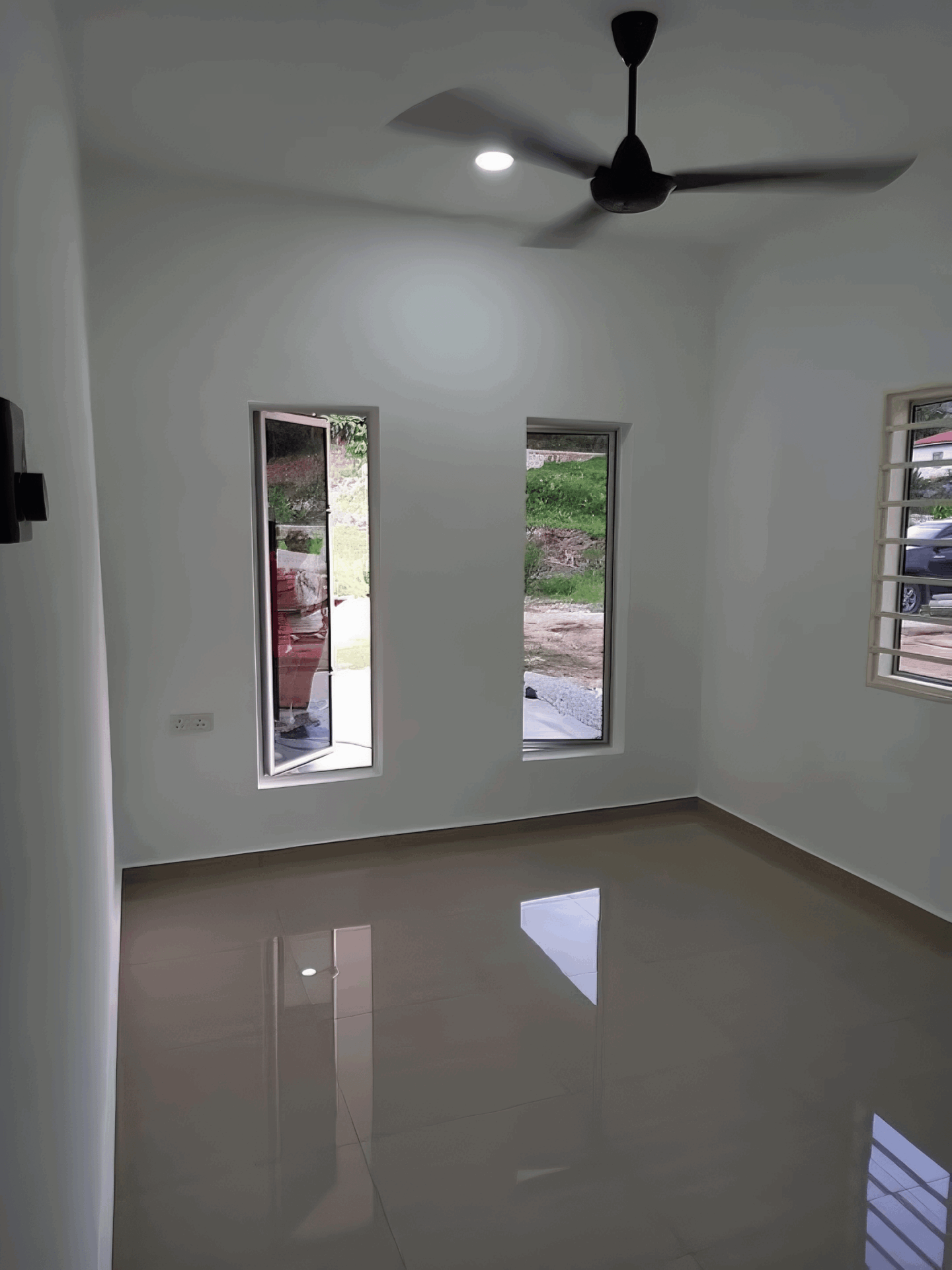
Sustainable Materials for a Healthier Environment
Choosing sustainable materials for your home isn’t just a trend; it’s a way to contribute positively to the environment while enhancing your living space. Imagine using recycled bamboo flooring instead of traditional hardwood. Not only is bamboo a rapidly renewable resource, but its unique aesthetic also adds a touch of elegance. Plus, it’s durable, making it a practical choice for Malaysian weather conditions.
There’s a whole range of eco-friendly options available that can significantly lower your home’s carbon footprint. Consider these materials:
- Recycled Metal: Perfect for roofing and accents, it’s low maintenance and stands the test of time.
- Hempcrete: A sustainable alternative to concrete, providing excellent insulation.
- Cork: Sourced from bark without damaging trees, cork is great for flooring and insulation.
Using sustainable materials can also improve indoor air quality, leading to a healthier home environment. Materials that are free from harmful chemicals, known as VOCs, create a safer living space, particularly for families with children. Here’s a quick look at how some materials stack up:
| Material | VOCs Level | Eco-Friendly Rating |
|---|---|---|
| Low-VOC Paint | Very Low | ⭐⭐⭐⭐⭐ |
| Recycled Bamboo | Low | ⭐⭐⭐⭐ |
| Natural Wool Carpet | None | ⭐⭐⭐⭐⭐ |
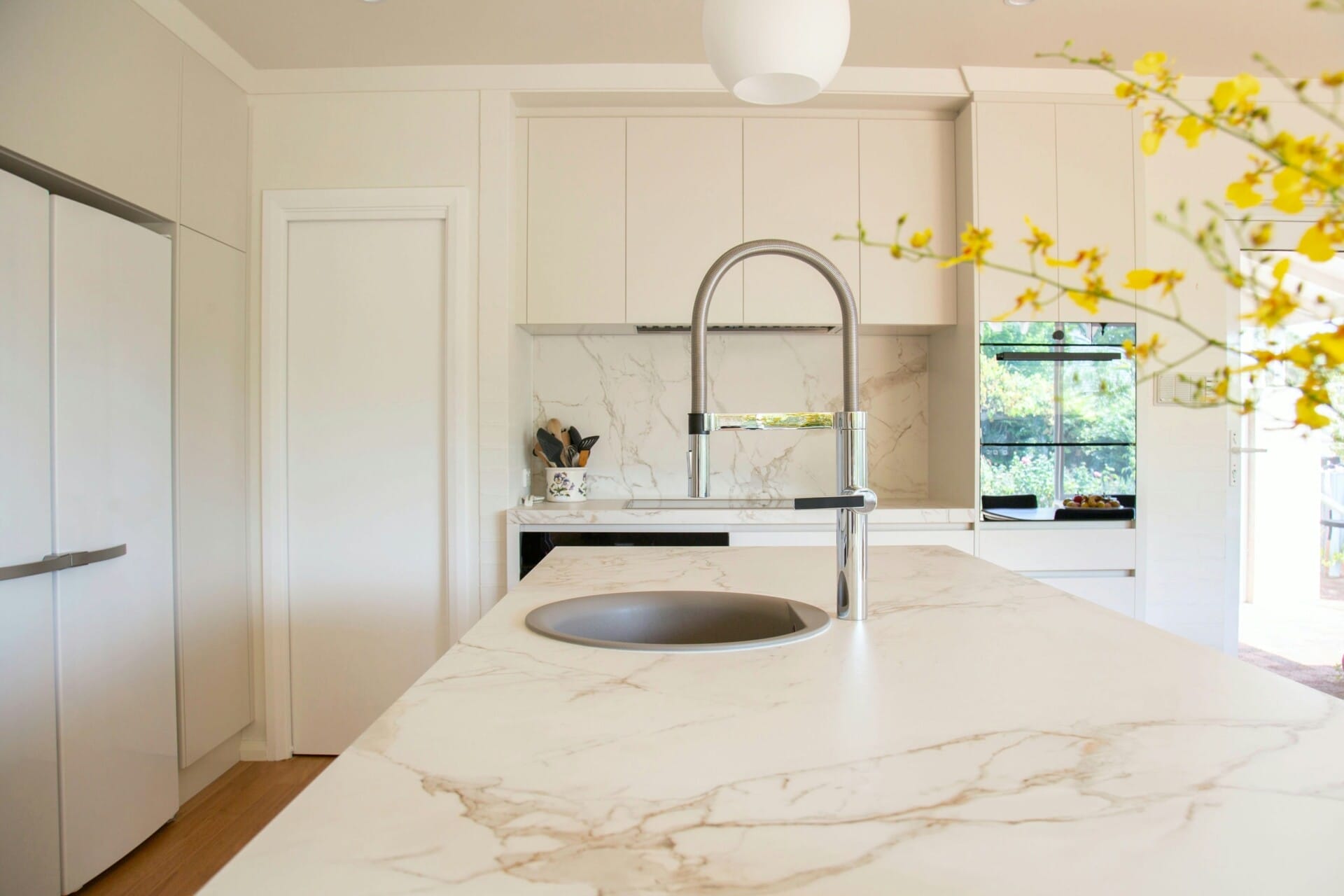
Energy Efficiency: Saving Money and the Planet
In an ever-evolving world, the need for energy efficiency has never been more important. Not only does it help in reducing our utility bills, but it also plays a significant role in conserving our planet’s resources. Choosing a green home can drastically lower your energy consumption, allowing you to save money while enjoying a comfortable living environment. From modern insulation techniques to energy-efficient appliances, the options are endless, and the benefits are substantial.
Here are some easy ways to enhance energy efficiency in your home:
- Use Energy-Efficient Appliances: These can reduce your electricity usage by 30% or more.
- Upgrade Your Insulation: Proper insulation keeps your home cool in the heat and warm during the rainy season.
- Install LED Lighting: LED bulbs use up to 80% less energy than traditional incandescent bulbs.
Consider this table of common green home upgrades and their potential savings:
| Upgrade | Average Savings |
|---|---|
| Energy-Efficient Windows | Up to 15% |
| Solar Panels | Up to 50% in energy bills |
| Smart Thermostats | Up to 10-15% |
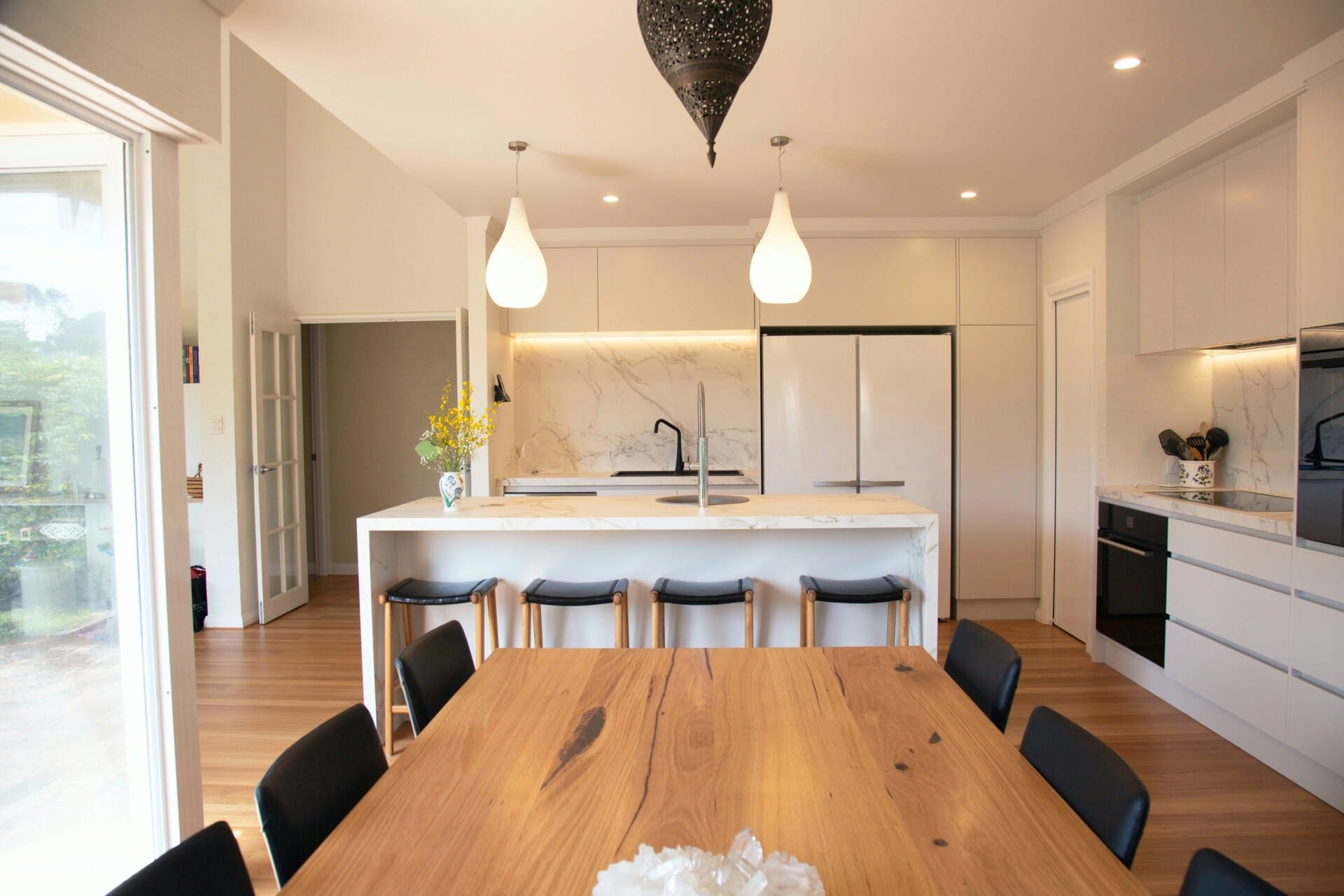
The Importance of Indoor Air Quality
Ensuring a healthy environment inside our homes is more crucial than ever, especially in urban areas where outdoor pollution levels can be alarming. Good indoor air quality plays a significant role in promoting overall health and well-being. Poor air quality can lead to a myriad of issues, from headaches and fatigue to long-term respiratory problems. By investing in a green home, you set the stage for cleaner air with better ventilation and natural air filtration systems that can make a noticeable difference in how you feel each day.
Plants don’t just beautify our spaces; they also act as natural air purifiers! Here are a few ways incorporating greenery into your home improves air quality:
- Reduction of Indoor Pollutants: Many houseplants can absorb toxins like formaldehyde and benzene.
- Enhanced Ventilation: Green homes often include designs that maximize airflow, reducing the buildup of indoor pollutants.
- Humidity Control: Plants release moisture into the air, which can help regulate humidity levels and combat dry air, making your home more comfortable.
To illustrate the difference green homes can make, here’s a simple comparison of traditional versus green home air quality features:
| Feature | Traditional Home | Green Home |
|---|---|---|
| Ventilation System | Standard HVAC | Energy-efficient systems with natural ventilation |
| Air Filtration | Basic filters | Advanced multi-stage filters and plants |
| Indoor Pollutant Levels | Higher | Significantly lower |
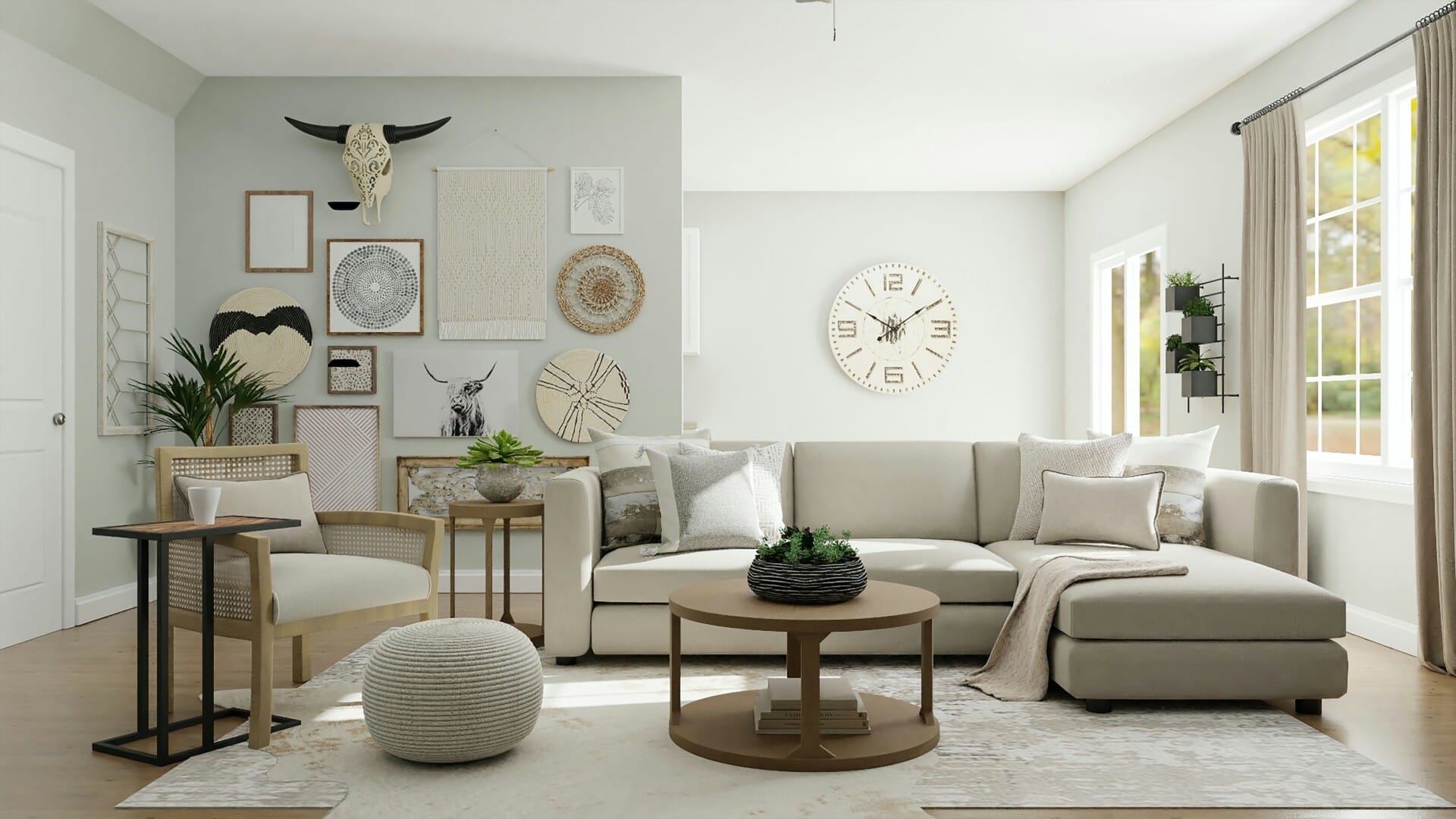
Smart Home Technology for Eco-Friendly Living
Integrating smart home technology is one of the most effective ways to reduce your ecological footprint while enjoying modern conveniences. With the ability to automate and control various home systems remotely, you can significantly cut down energy waste. For example, smart thermostats learn your heating and cooling preferences, so they only use energy when you really need it. Imagine coming home to the perfect temperature without leaving your air conditioning running all day!
Energy-efficient appliances are another key player in a greener home. These gadgets use advanced technology to minimize electricity consumption without sacrificing performance. Look for those with the Energy Star label, as they are designed to save energy and money. Some popular eco-friendly options include:
- Smart refrigerators that adjust their cooling based on contents.
- Dishwashers that optimize water use based on load size.
- Washing machines that sense fabric types to reduce water usage.
Solar energy systems can also be integrated seamlessly into your smart home setup. With solar panels managing power generation and storage, coupled with smart energy management systems, you can keep track of your consumption in real-time. This synergy allows you to decide when to use energy from the grid or when to rely on your solar energy. As a result, not only will you be saving money, but you’ll also be contributing to a sustainable future. Here’s a quick look at how much you can potentially save with solar:
| System Type | Average Annual Savings (RM) |
|---|---|
| Solar Panels | 5,000 |
| Smart Thermostat | 1,200 |
| Energy-Efficient Appliances | 800 |
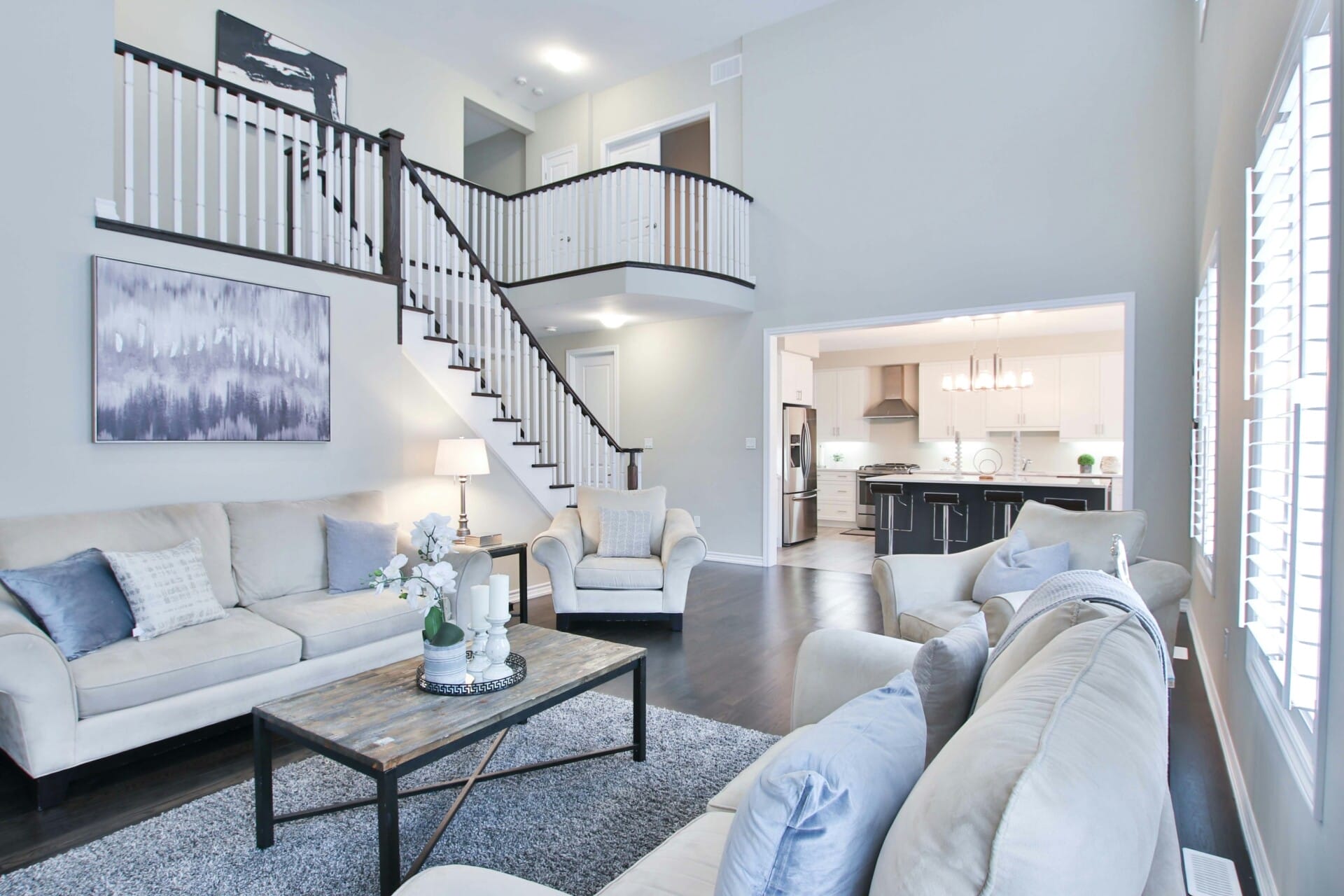
Designing for Water Conservation
When it comes to creating a home that values both comfort and conservation, incorporating water-saving strategies is key. From the outset, consider choosing fixtures and appliances that minimize water usage without sacrificing performance. Here are some options:
- Low-flow showerheads: These can cut water usage by up to 50% while still giving you a satisfying shower experience.
- Dual-flush toilets: They offer two flush options, allowing you to save more water with solid waste disposal.
- Smart irrigation systems: These can help manage your garden’s water needs based on weather conditions.
Another game-changer is to integrate rainwater harvesting systems into your design. This method not only helps you collect and reuse water from your roof but also promotes sustainability right from your own backyard. In areas like Malaysia, where rainfall is abundant, this can significantly reduce your dependence on treated water sources. Here’s a simple comparison of rainwater systems:
| Type | Benefits |
|---|---|
| Rainwater Tank | Stores large amounts for landscaping and non-potable uses. |
| Rain Garden | Enhances aesthetics while managing stormwater. |
| Permeable Pavements | Reduces runoff and improves groundwater recharge. |
Lastly, investing in xeriscaping can remarkably reduce the need for irrigation. This landscaping approach emphasizes native, drought-resistant plants that thrive without much watering, making it a perfect fit for a water-conscious home. Incorporate features like rock gardens or dry riverbeds to enhance the beauty of your outdoor space while conserving water. So, when looking at home designs, don’t overlook these features that bring beauty, function, and sustainability together!
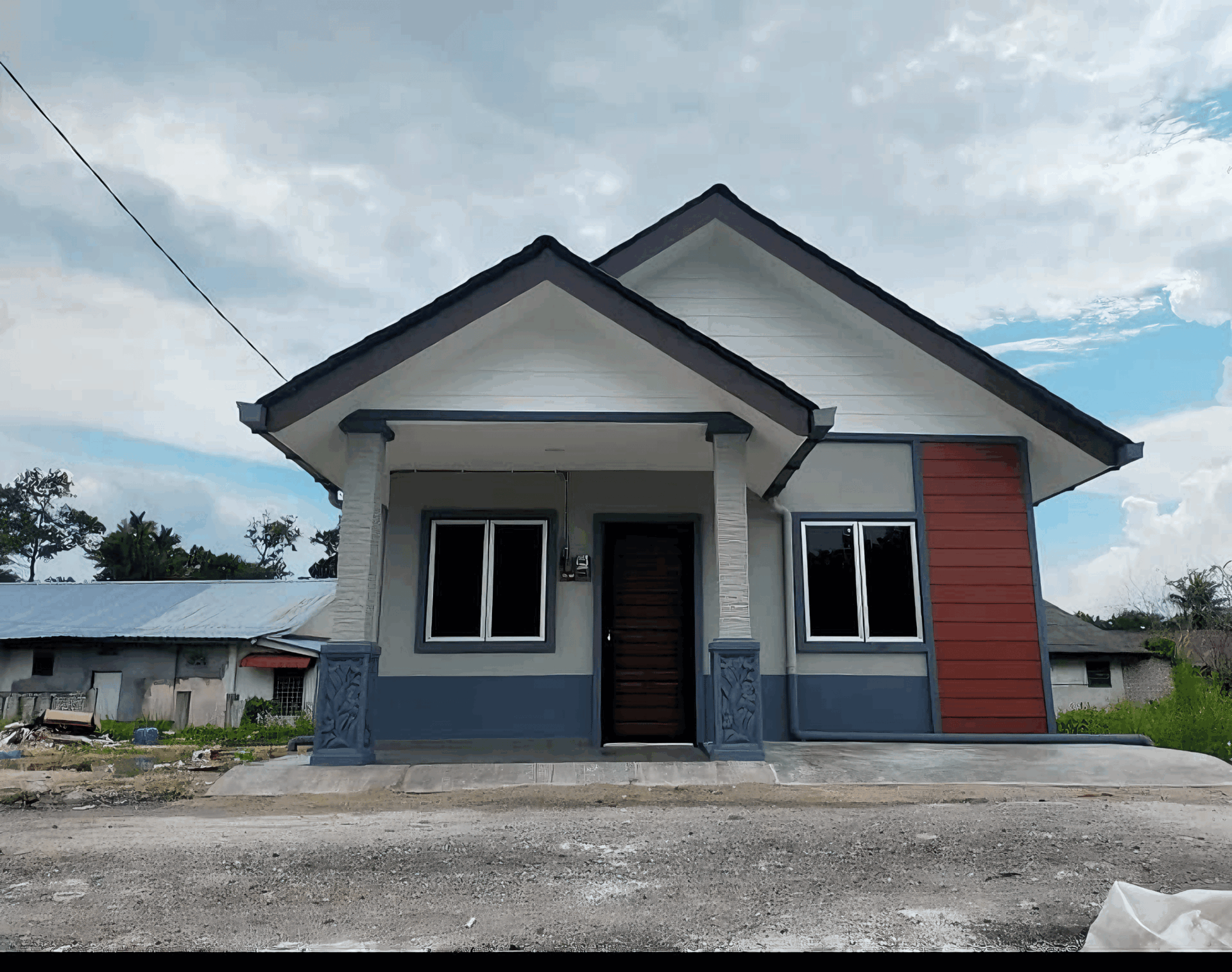
Community Impact: How Green Homes Enhance Neighborhoods
Green homes do more than just improve energy efficiency; they also enrich the fabric of the neighborhoods they inhabit. When communities embrace sustainable living, it creates a ripple effect that resonates through the area. Residents often find a renewed sense of pride in their surroundings, contributing to an overall enhanced community spirit. This leads to more engagement among residents, whether it’s through community gardens, local eco-events, or simply by sharing energy-saving tips with neighbors.
One of the most significant benefits of embracing eco-friendly homes is the positive impact on property values. Homes that are built with green technology and materials are more appealing to future buyers, leading to higher demand. Here’s a quick look at the advantages:
| Advantages of Green Homes |
| Lower utility bills |
| Increased comfort |
| Higher resale values |
| Environmental benefits |
| Community pride & engagement |
Furthermore, green homes often catalyze the creation of community-focused initiatives, such as local recycling programs or energy co-ops. These initiatives foster collaboration and forge connections among residents. As communities band together in the pursuit of sustainable living, they not only enhance their environment but also build a network of support that can lead to greater overall well-being. In essence, making the switch to a green home can transform neighborhoods into thriving ecosystems of sustainability and camaraderie.
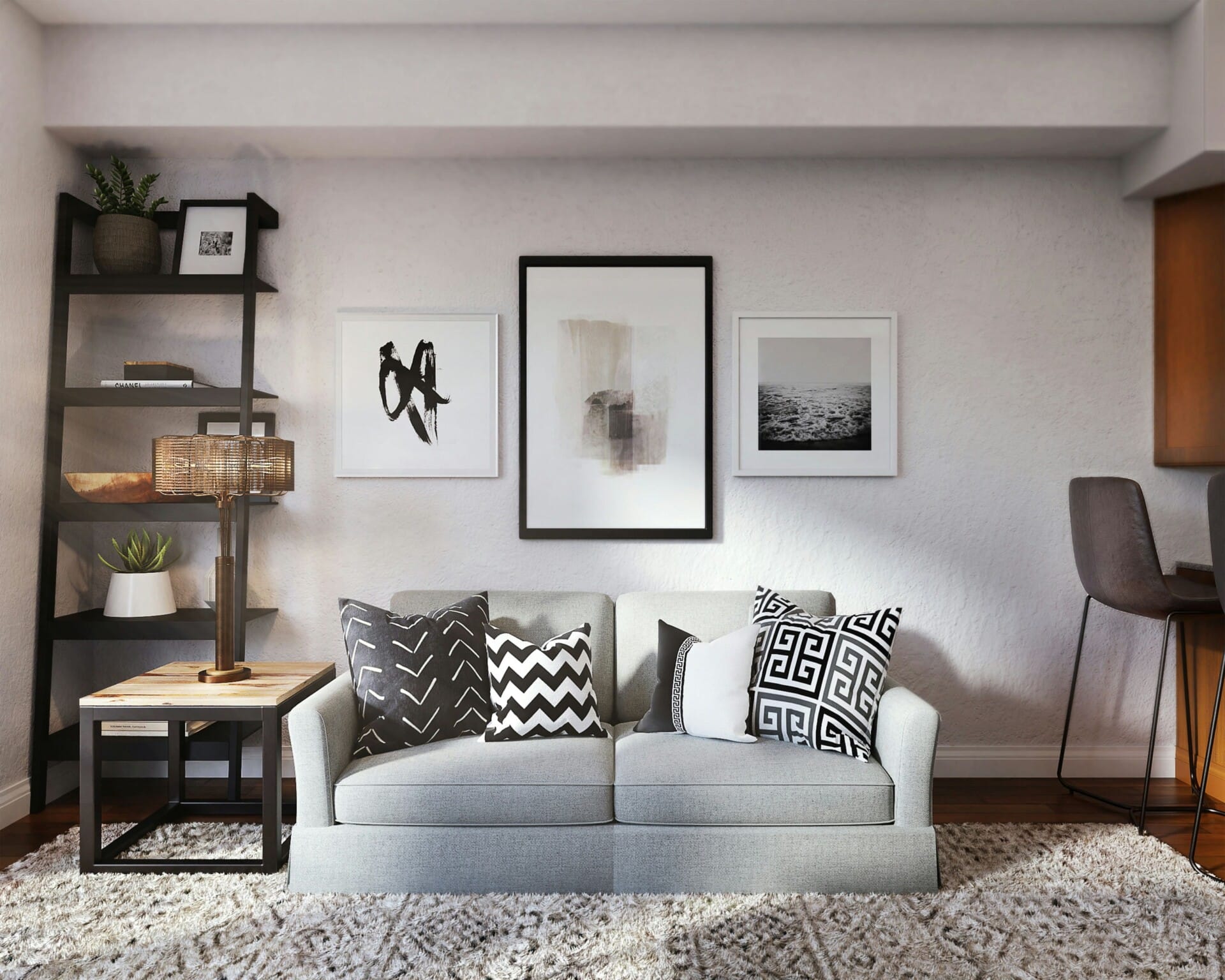
Incentives and Resources for Sustainable Homebuyers
When venturing into the world of green living, sustainable homebuyers in Malaysia can tap into a variety of incentives that not only lighten the financial load but also contribute to a healthier planet. Many state governments offer rebates and grants for eco-friendly renovations or constructions. Some notable incentives include:
- Green Technology Financing Scheme: Low-interest loans for the purchase of green technologies.
- Tax Deductions: Up to certain limits for investments in energy-efficient appliances.
- Eco Awards: Recognitions that come with cash bonuses for developers who build green.
Additionally, the resources available for sustainable homebuyers are evolving rapidly, providing numerous options for making informed choices. Prospective homeowners can access a wealth of information through:
- Sustainable Home Exhibitions: Events that showcase green technologies and building practices.
- Online Platforms: Resources offering advice on energy-efficient home designs specific to the Malaysian climate.
- Community Programs: Initiatives that provide workshops and guidance on sustainable living practices.
There’s also a push for collaboration among various stakeholders, leading to exciting partnerships that promote eco-friendly living. Here’s a quick look at some of the partnerships that offer support for homebuyers:
| Organization | Type of Support |
|---|---|
| Malaysia Green Building Council | Advisory services for green certifications |
| Local Banks | Green loans for sustainable initiatives |
| NGOs | Workshops on sustainable practices |
Wrapping Up
As we wrap up our journey into the world of green living, it’s clear that choosing an eco-friendly home isn’t just a trend—it’s a step toward a brighter, healthier future for you and our beautiful Malaysia. Imagine waking up in a space that not only reflects your personality but also contributes positively to the planet. With so many options out there, going green is more accessible than ever. So, whether it’s using solar panels, embracing energy-efficient appliances, or opting for sustainable materials, the choice is yours. Let’s make a difference together, one home at a time. So, go ahead, explore those green options and see how they fit into your lifestyle. Your future self—and the Earth—will thank you!